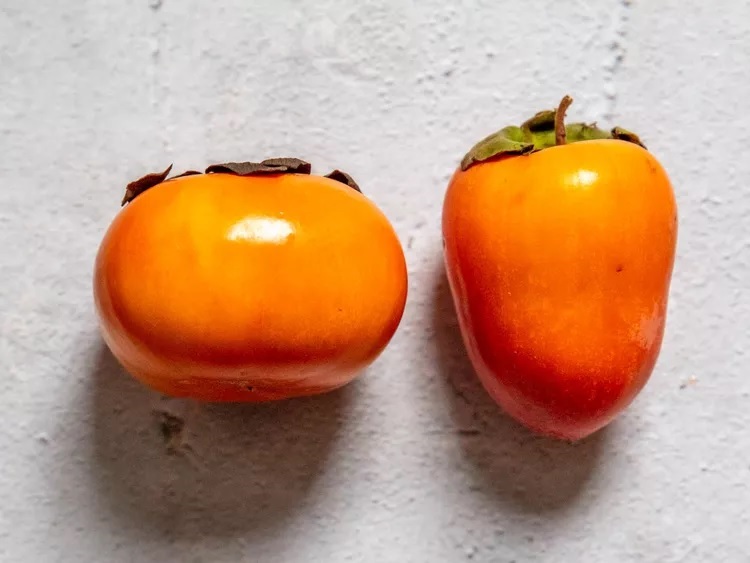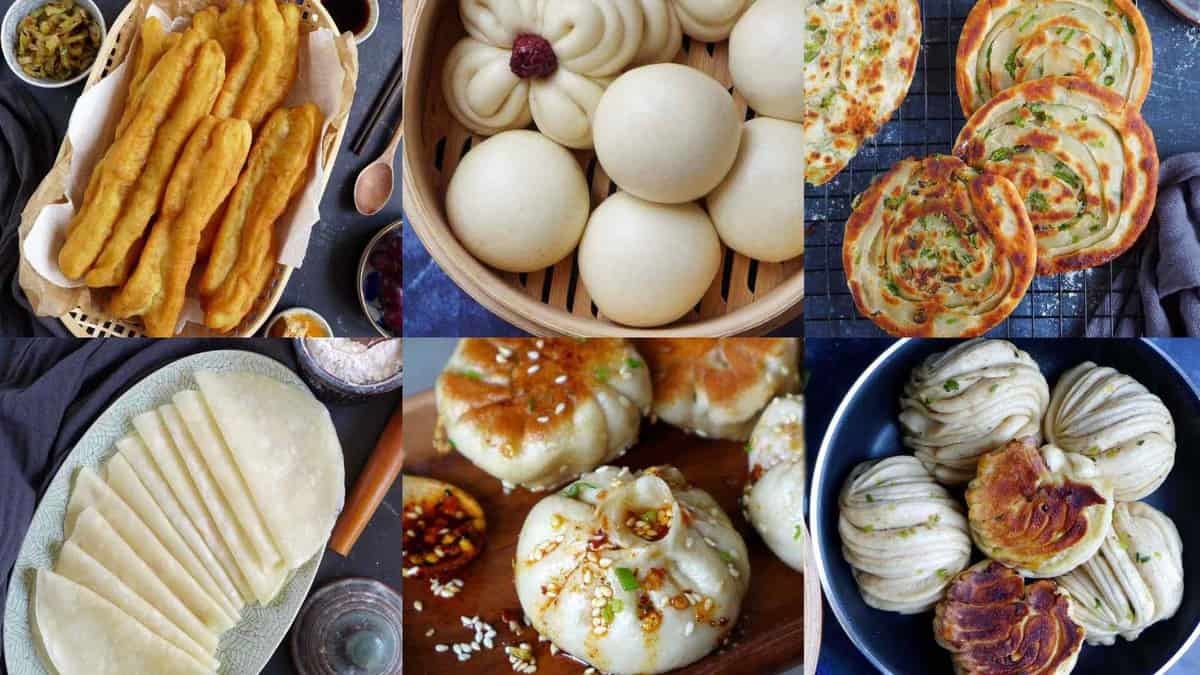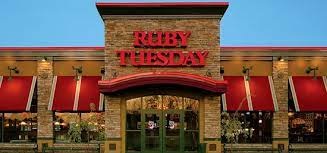Everything You Need to Know About Persimmons & Their Varieties

Persimmons are growing in popularity in marketplaces all throughout the Country, but fewer customers are aware of how complex and varied they are.

Persimmons are a sign of impending winter. They appear in October and November, just in time to be baked into Thanksgiving-themed bread loaves or sliced for seasonal salads. They are one of the few trees that truly change color when the weather cools, giving a momentary sight of the traditional fall hues in California, where the majority of the crop in the US is grown.
Most of the persimmons I consumed as a child in Southern California came from trees that were in my friends’ backyards. We would wait for the fruit—large, orange balls with a point at the end, somewhat resembling acorns—to ripen and pray that the birds wouldn’t get to them before we could. This would happen once the leaves began to change color. For a very long time, I believed that persimmons were a treat that required patience and that they were a fruit that needed to be chosen at precisely the correct time. Hence, it came as a bit of a shock when I entered a chain supermarket a few years ago and saw they were selling large boxes of persimmons; I could buy an entire crate for less than ten dollars.
The persimmon transitioned from a little-known specialty fruit to a rising mass-market star at some point in the previous fifteen years. Persimmons have been grown in the US since the 1850s, but they have hitherto been regarded as a specialty fruit that is only available at Asian markets, specialized shops like Dean & DeLuca, and farmers’ markets in California. At relatively reasonable pricing, you can now purchase the fruit in crates from places like Costco or Trader Joe’s, similar to those that hold dozens of mandarin oranges. Nevertheless, just because persimmons are becoming more widely available does not indicate that customers are purchasing the best fruits or even that they are aware of what to look for.
The date plum, the black sapote, and the mabolo are all related tree fruits, as are persimmons. The majority of domesticated persimmons are varieties of the Chinese native Diospyros kaki, which is also found in Japan, Myanmar, the Himalayas, and some regions of northern India. It is also known as Oriental persimmons, Japanese persimmons, or simply kaki. Diospyros virginiana, a second, related species of persimmon that is endemic to the Eastern US but yields considerably smaller fruit than the Asian persimmon, is also found there.
There are two types of persimmon subspecies: non-astringent persimmons, which can be eaten hard or soft with the skin on, and astringent persimmons, which are inedible when firm and must become exceptionally ripe and soft before they can be eaten. The spherical, squat Fuyu is the most popular non-astringent persimmon in the US. Non-astringent persimmons have gained popularity in big box shops due to their easier shipping and storage compared to softer types, as well as the fact that American consumers seem to favor the texture and prefer to cut them up for salads or eat them out of hand, similar to apples. These fruits are now grown by Californian farmers who produce about 10,000 tonnes of them each fall.
The Hachiya, an oblong, acorn-shaped persimmon, is the most popular astringent persimmon. They have an extremely silky, slippery texture when fully ripe (some might say slimy). Hoshigaki, a common Japanese confection, is produced from chiyas, which are peeled, hung delicately from a pole, and gently massaged each day to allow the fruit’s liquids to evaporate and its sugars to be pulled out to coat the exterior. As a result, the dried fruit is sweet, thick, and somewhat chewy—like Kobe beef. Hachiyas are mostly utilized in the US to manufacture baked items like persimmon bread.
pic
However, other astringent types have lately taken over a sizable portion of the persimmon market. This is because a technique for eliminating the tannins from astringent persimmons so that they may be eaten while remaining hard was discovered in the 1970s. The Sharon fruit, a persimmon grown in Israel and named for the Sharon plain, where many are grown, was the first fruit to be processed and marketed using this method. Astringent persimmons are normally sweeter than their non-astringent siblings, therefore Sharon fruit has long been prized for their sweetness. Nevertheless, when they first started to appear on the market in the 1960s, buyers had to wait until they were completely softened before eating them. Sharon fruit can now be consumed hard, like Fuyus, because of this innovative procedure, which entails exposing the fruit to air enhanced with CO2. And their sweetness is identical to that of properly ripened fruit.
CEO of the Israeli exotic fruit company Mor International, Meir Ben-Artzy, claims that not all varieties of persimmon are particularly sweet. According to the Fuyu, the brix, a measurement of the amount of sugar in the fruit, is between eleven and thirteen. The Sharon fruit, however, weighs around twenty-two, twenty-three, or twenty-four grams. It’s incredibly sweet.
Sharon fruit may even be frozen without causing any damage to the fruit thanks to its high sugar content, making it easier for producers to preserve and distribute the fruit. A small amount of Sharon fruit is shipped to the US by Meir, mostly for H-Mart and Costco, even though roughly 80% of Israel’s production is sold domestically. The fruit ripens in the spring and early summer in South Africa, where he and other Israeli farmers have started to cultivate Sharon fruit.
The Rojo Brillante, a deep orange fruit mostly grown in Spain, is another astringent variety that has gained enormous popularity. Once again thanks to the ability to eliminate the tannins artificially. Although the Rojo Brillante isn’t quite as sweet as Sharon fruit, it has gained such popularity throughout Europe that Spain now produces 400,000 tonnes of its a year, and gardeners there are still adding more trees. (For instance, South Africa produces 6,000 tonnes of Sharon fruit annually, whereas Israel produces roughly 30,000 tonnes.)
Although four varieties—Hachiya, Fuyu, Sharon fruit, and Rojo Brillante—have the largest market shares, other additional subspecies are still grown by a few small growers. While some of these species have probably never been officially described, others, like the dark brown “chocolate” persimmon, are becoming more and more well-liked among chefs and fruit enthusiasts.
Persimmons are notoriously genetically flexible, according to Jeff Rieger, a fruit grower in California’s Placer County. “Unless they originated from the exact same place, I will promise you that they are different if you have a Fuyu tree and another guy has a Fuyu tree,” the man said. The persimmon’s propensity to “sport,” or sprout a branch that yields a completely different variety of fruit from the rest of the tree, accounts for this remarkable genetic mobility. There has never been a comprehensive taxonomic study of persimmons due to the trees’ genetic mobility, therefore growers are unsure exactly what types they have. Even worse, persimmons are infamous for being unreliable; roughly 50% of grafts fail, and healthy trees can pass away for no apparent cause a few of years into their growth.
Pic
In his small, four-and-a-half-acre farm, Penryn Orchard, Rieger plants a variety of persimmon cultivars in addition to dozens of other specialty fruits. He and his business partner, Laurence Hauben, grow Hachiyas for hoshigaki (which they produce themselves), but the majority of their kinds may be eaten firm. They include tsurunoko, maru, hyakume, and gosho, also known as huge Fuyu. In addition, they produce tanenashi (also known as “mango” persimmons) and tamopan, both of which must be chewed softly, like hachiyas, but have completely different tastes.
Because many of these sub-varieties are persimmons with variable pollination, Rieger argues that they are extremely challenging to grow. Species like tsurunoko and maru must be pollinated in order to become non-astringent, in contrast to Fuyu or Hachiya, which will be astringent or non-astringent regardless of whether the tree’s blooms have been pollinated. And you can’t tell if they’ll be nice until you cut into them, taste them, or check for seeds, which are a surefire sign that the fruit has been pollinated.
How can fruit enthusiasts looking for the greatest persimmons choose which ones to buy if nobody actually knows what they’re growing? Always try some of the fruit, advises Rieger. Also, once you discover a fruit source you enjoy, you should stay with it since the trees used by other producers will differ slightly. Some growers actually have a better track record with persimmons whose pollination varies than others. Since Rieger has been so successful, he hardly ever discovers unpollinated apples in his orchard. The state’s larger producers vehemently prefer to have un-pollinated fruit, which they can advertise as “seedless” persimmons, but Rieger claims that even Fuyus and other fertilization non-varying persimmons actually taste better when they have been pollinated.
So what is the secret of Rieger? Even he is clueless. He bought his small orchard from a Japanese-American couple about twenty years ago. He believes the land simply has a decent variety of trees that pollinate each other effectively. Because he doesn’t want to upset the equilibrium of the orchard, Rieger even retains a few Tane-nashi persimmon trees, which are typically thought of as ornamental and produce fruit so terrible that “even the birds won’t eat them.” When you have such excellent persimmons, you don’t take any chances.



